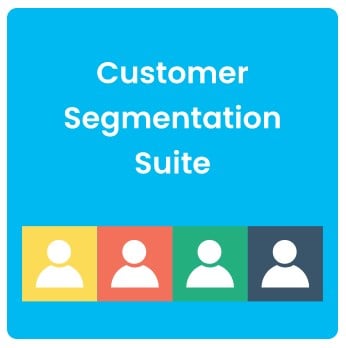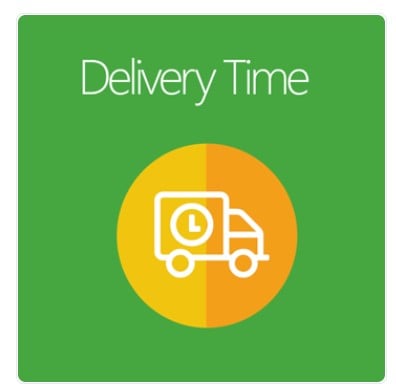M.academy – Straightforward Path to Magento 2 Development

Self-education is a crucial aspect of everyone’s growth. While some people can effortlessly rely on their cognitive abilities while mastering any topic alone, the others need a system of controls, mentors, and peers to wipe the existing boundaries out, getting the desired skills. Luckily, the Internet is full of all possible educational programs and courses. Nowadays, you can acquire literally any new knowledge without any necessity to leave your apartment. And Magento 2 is not an exception. Today, we review one of the very well-known platforms developed to help you explore the most powerful e-commerce solution. Meet – the cure for the pain you’ve experienced trying to maintain your relations with Magento. Continue Reading





